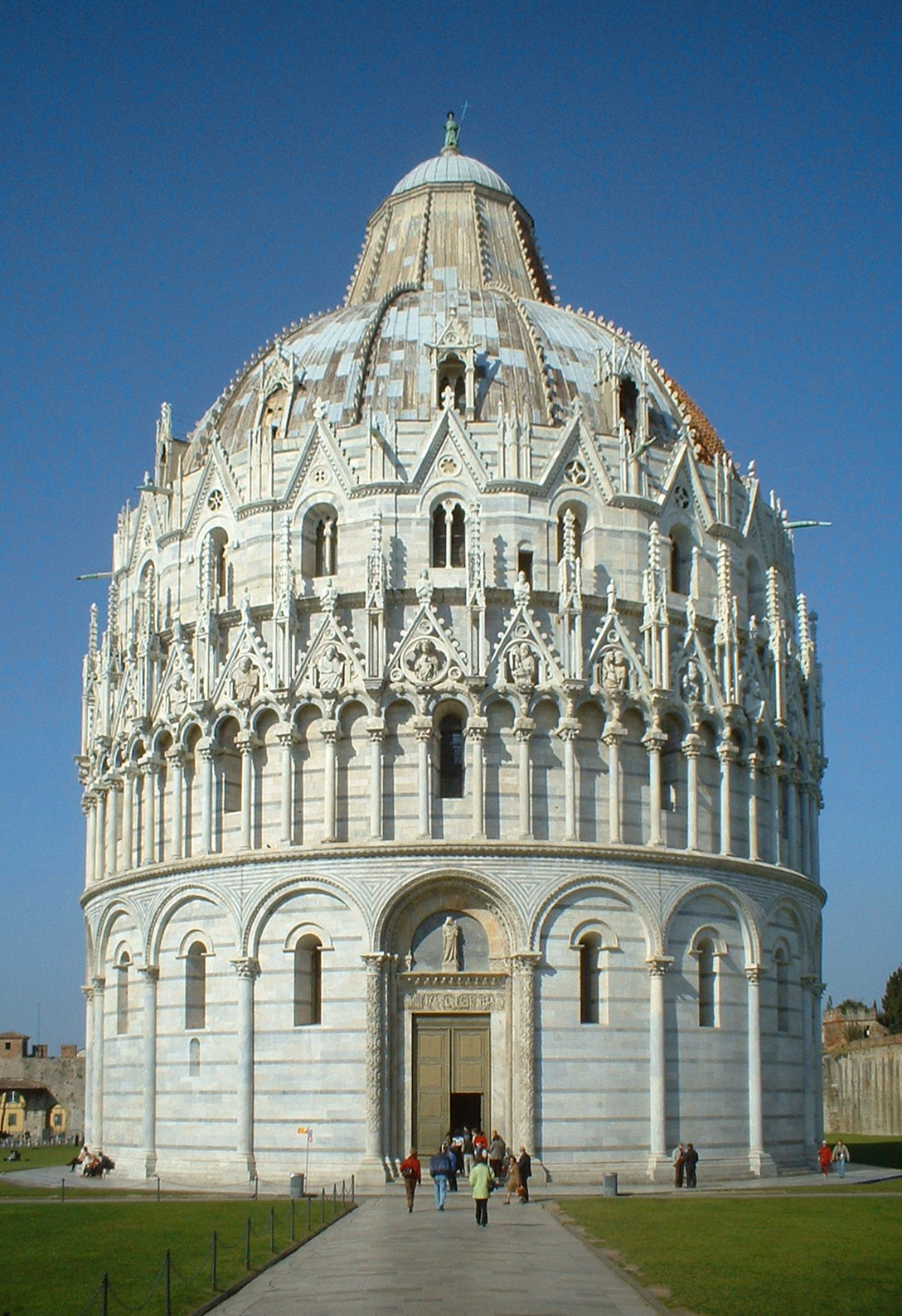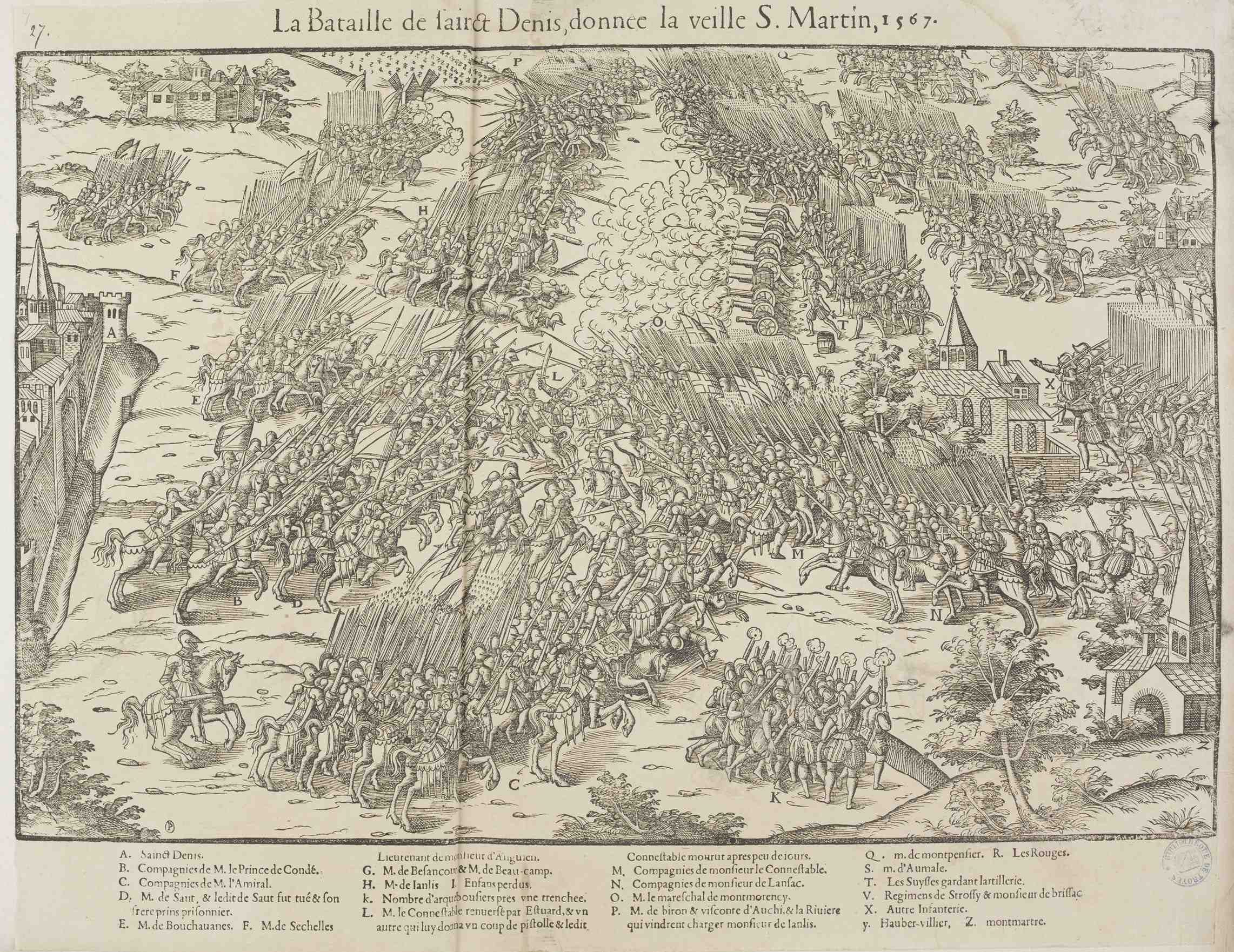|
Merovingian Art And Architecture
Merovingian art is the art of the Merovingian dynasty of the Franks, which lasted from the 5th century to the 8th century in present-day France, Benelux and a part of Germany. The advent of the Merovingian dynasty in Gaul in the 5th century led to important changes in the field of arts. Sculptural arts consisted of the ornamentation of sarcophagi, altars and ecclesiastical furniture. Gold work and the new medium of manuscript illumination integrated "barbarian" animal-style decoration, with Late Antique motifs, and other contributions from as far as Syria or Ireland to constitute Merovingian art. Architecture The unification of the Frankish kingdom under Clovis I (465–511) and his successors, corresponded with the need for the building of churches, and especially monastery churches, as these were now the power-houses of the Merovingian church. Plans often continued the Roman basilica tradition, but also took influences from as far away as Syria and Armenia. In the East, ... [...More Info...] [...Related Items...] OR: [Wikipedia] [Google] [Baidu] |
Roman Architecture
Ancient Roman architecture adopted the external language of classical ancient Greek architecture for the purposes of the ancient Romans, but was different from Greek buildings, becoming a new architectural style. The two styles are often considered one body of classical architecture. Roman architecture flourished in the Roman Republic and to an even greater extent under the Empire, when the great majority of surviving buildings were constructed. It used new materials, particularly Roman concrete, and newer technologies such as the arch and the dome to make buildings that were typically strong and well engineered. Large numbers remain in some form across the former empire, sometimes complete and still in use today. Roman architecture covers the period from the establishment of the Roman Republic in 509 BC to about the 4th century AD, after which it becomes reclassified as Late Antique or Byzantine architecture. Few substantial examples survive from before about 100 BC, and ... [...More Info...] [...Related Items...] OR: [Wikipedia] [Google] [Baidu] |
Riez
Riez (; Provençal Occitan: ''Riés''; sometimes Riez-la-Romaine) is a hilly commune in the Alpes-de-Haute-Provence department in the Provence-Alpes-Côte d'Azur region in Southeastern France. It is located northwest of the Lac de Sainte-Croix, stemming from the Verdon, on the road to Valensole, at the confluence of the Auvestre and Colostre. Geography The densely built village sits where two small rivers join—the Auvestre and the Colostre—in a glacially widened valley. Demographics Economy Riez is located in a district of fields of commercially grown lavender, which support a honey-making industry. Truffles are found: there is a weekly truffle market on Wednesdays from late November through March. History The domed hill was the hillfort headquarters of the Reii a Celto-Ligurian tribe, who gave their name to the Roman community in the valley floor near it: ''Alebaece Reiorum'' it was called, then ''Alebaece Reiorum Apollinares'' from the Roman temple of ... [...More Info...] [...Related Items...] OR: [Wikipedia] [Google] [Baidu] |
Aix-en-Provence
Aix-en-Provence, or simply Aix, is a List of communes in France with over 20,000 inhabitants, city and Communes of France, commune in southern France, about north of Marseille. A former capital of Provence, it is the Subprefectures in France, subprefecture of the arrondissement of Aix-en-Provence, in the department of Bouches-du-Rhône, in the region of Provence-Alpes-Côte d'Azur. The population of Aix-en-Provence is approximately 145,000. Its inhabitants are called ''Aixois'' or, less commonly, ''Aquisextains''. History Aix (''Aquae Sextiae'') was founded in 123 BC by the Roman consul Gaius Sextius Calvinus, Sextius Calvinus, who gave his name to its springs, following the destruction of the nearby Gauls, Gallic oppidum at Entremont (oppidum), Entremont. In 102 BC its vicinity was the scene of the Battle of Aquae Sextiae, where the Romans under Gaius Marius defeated the Ambrones and Teutones, with mass suicides among the captured women, which passed into Roman legends of ... [...More Info...] [...Related Items...] OR: [Wikipedia] [Google] [Baidu] |
Baptistery
In Church architecture, Christian architecture the baptistery or baptistry (Old French ''baptisterie''; Latin ''baptisterium''; Greek language, Greek , 'bathing-place, baptistery', from , baptízein, 'to baptize') is the separate centrally planned structure surrounding the baptismal font. The baptistery may be incorporated within the body of a church or cathedral, and provided with an altar as a chapel. In the early early Christianity, Church, the catechumens were instructed and the sacrament of baptism was administered in the baptistery. Design The sacramental importance and sometimes architectural splendour of the baptistery reflect the historical importance of baptism to Christians. Beginning in the fourth century, baptisteries in Italy were often designed with an octagonal plan. The octagonal plan of the Lateran Baptistery, the first structure expressly built as a baptistery, provided a widely followed model. The baptistery might be twelve-sided, or even circular as at Pisa. ... [...More Info...] [...Related Items...] OR: [Wikipedia] [Google] [Baidu] |
Abbey Of Saint-Germain-des-Prés
An abbey is a type of monastery used by members of a religious order under the governance of an abbot or abbess. Abbeys provide a complex of buildings and land for religious activities, work, and housing of Christian monks and nuns. The concept of the abbey has developed over many centuries from the early monastic ways of religious men and women where they would live isolated from the lay community about them. Religious life in an abbey may be monastic. An abbey may be the home of an enclosed religious order or may be open to visitors. The layout of the church and associated buildings of an abbey often follows a set plan determined by the founding religious order. Abbeys are often self-sufficient while using any abundance of produce or skill to provide care to the poor and needy, refuge to the persecuted, or education to the young. Some abbeys offer accommodation to people who are seeking spiritual retreat. There are many famous abbeys across the Mediterranean Basin and ... [...More Info...] [...Related Items...] OR: [Wikipedia] [Google] [Baidu] |
Cologne
Cologne ( ; ; ) is the largest city of the States of Germany, German state of North Rhine-Westphalia and the List of cities in Germany by population, fourth-most populous city of Germany with nearly 1.1 million inhabitants in the city proper and over 3.1 million people in the Cologne Bonn Region, Cologne Bonn urban region. Cologne is also part of the Rhine-Ruhr metropolitan region, the List of EU metropolitan regions by GDP#2021 ranking of top four German metropolitan regions, second biggest metropolitan region by GDP in the European Union. Centered on the left bank of the Rhine, left (west) bank of the Rhine, Cologne is located on the River Rhine (Lower Rhine), about southeast of the North Rhine-Westphalia state capital Düsseldorf and northwest of Bonn, the former capital of West Germany. The city's medieval Cologne Cathedral () was the History of the world's tallest buildings#Churches and cathedrals: Tallest buildings between the 13th and 20th century, world's talles ... [...More Info...] [...Related Items...] OR: [Wikipedia] [Google] [Baidu] |
Saint-Denis, Seine-Saint-Denis
Saint-Denis (, ) is a Communes of France, commune in the northern suburbs of Paris, France. It is located from the Kilometre zero, centre of Paris. Saint-Denis is the second most populated suburb of Paris (after Boulogne-Billancourt), with a population of 113,116 at the 2020 census. It is a Subprefectures in France, subprefecture () of the Departments of France, department of Seine-Saint-Denis, being the seat of the Arrondissement of Saint-Denis, Seine-Saint-Denis, arrondissement of Saint-Denis. It is also part of the Métropole du Grand Paris. Saint-Denis is home to the royal necropolis of the Basilica of Saint-Denis and was also the location of the associated abbey. The commune is also home to France's national association and rugby football stadium, Stade de France, which was built for the 1998 FIFA World Cup. The stadium also hosted the Rugby sevens at the 2024 Summer Olympics, rugby and Athletics at the 2024 Summer Olympics, athletics events, along with the 2024 Summer Ol ... [...More Info...] [...Related Items...] OR: [Wikipedia] [Google] [Baidu] |
Vienne, Isère
Vienne (; ) is a town in southeastern France, located south of Lyon, at the confluence of the Gère and the Rhône. It is the fourth-largest commune in the Isère department, of which it is a subprefecture alongside La Tour-du-Pin. Vienne was a major centre of the Roman Empire under the Latin name ''Vienna''. Vienne was the capital of the Allobroges, a Gallic people, before its conquest by the Romans. Transformed into a Roman colony in 47 BC under Julius Caesar, it became a major urban centre, ideally located along the Rhône, then a major axis of communication. Emperor Augustus banished Herod the Great's son, the ethnarch Herod Archelaus to Vienne in 6 AD. As Vienne was a Roman provincial capital, remains of Roman constructions are still widespread across it. The city was also an important early bishopric in Christian Gaul. Its most famous bishop was Avitus of Vienne. At the Council of Vienne, which was convened there in October 1311, Pope Clement V abolished the or ... [...More Info...] [...Related Items...] OR: [Wikipedia] [Google] [Baidu] |
Saint Peter's Church, Vienne (Isère)
In Christian belief, a saint is a person who is recognized as having an exceptional degree of holiness, likeness, or closeness to God. However, the use of the term ''saint'' depends on the context and denomination. In Anglican, Oriental Orthodox, and Lutheran doctrine, all of their faithful deceased in Heaven are considered to be saints, but a selected few are considered worthy of greater honor or emulation. Official ecclesiastical recognition, and veneration, is conferred on some denominational saints through the process of canonization in the Catholic Church or glorification in the Eastern Orthodox Church after their approval. In many Protestant denominations, and following from Pauline usage, ''saint'' refers broadly to any holy Christian, without special recognition or selection. While the English word ''saint'' (deriving from the Latin ) originated in Christianity, historians of religion tend to use the appellation "in a more general way to refer to the state of special ... [...More Info...] [...Related Items...] OR: [Wikipedia] [Google] [Baidu] |
Apse
In architecture, an apse (: apses; from Latin , 'arch, vault'; from Ancient Greek , , 'arch'; sometimes written apsis; : apsides) is a semicircular recess covered with a hemispherical Vault (architecture), vault or semi-dome, also known as an ''exedra''. In Byzantine architecture, Byzantine, Romanesque architecture, Romanesque, and Gothic architecture, Gothic Architecture of cathedrals and great churches, Christian church architecture, church (including cathedral and abbey) architecture, the term is applied to a semi-circular or polygonal termination of the main building at the liturgical east and west, liturgical east end (where the altar is), regardless of the shape of the roof, which may be flat, sloping, domed, or hemispherical. Smaller apses are found elsewhere, especially in shrines. Definition An apse is a semicircular recess, often covered with a hemispherical vault. Commonly, the apse of a church, cathedral or basilica is the semicircular or polygonal termination to the ... [...More Info...] [...Related Items...] OR: [Wikipedia] [Google] [Baidu] |
Saint Perpetuus
Perpetuus () (died 30 December 490 AD) was the sixth Bishop of Tours, serving from 460 to 490. Life Born of a senatorial family of the Auvergne, Perpetuus became bishop of Tours around 460. He succeeded his relative, possibly an uncle, Eustochius, and was succeeded by another close relative, Volusian.Clugnet, Léon. "St. Perpetuus." The Catholic Encyclopedia Vol. 11. New York: Robert Appleton Company, 1911. 26 November 2022 He was a student of sacred literature and a friend of the poet . It is said of him that he dedicated his considerable wealth to the relief of those in need. He guided the Church of Tours for thirty years, developing ... [...More Info...] [...Related Items...] OR: [Wikipedia] [Google] [Baidu] |







